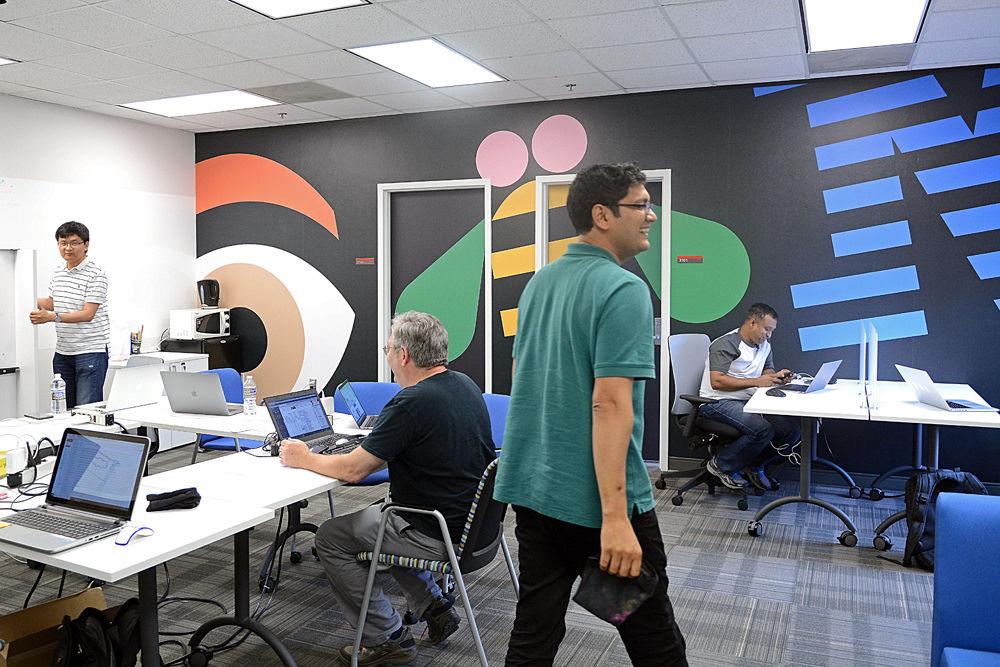The IBM Quantum Computing Hub, a partnership with IBM that provides researchers, professors, and even students with web-based access to IBM quantum computing devices at Yorktown Heights, New York, just hired two new leaders and is looking to expand their reach.
The IBM Q Hub at NC State launched in fall 2018 and is one of five world-wide, the other Hubs residing at University of Oxford in the U.K., Keio University in Japan, University of Melbourne in Australia, and Bundeswehr University Munich in Germany.
Dan Stancil, head of the Department of Electrical and Computer Engineering and new Executive Director of IBM Q Hub at NC State, said that quantum computing is based on two concepts called superposition and entanglement. Stancil said that while classical computers manage data in the form of binary units (bits), quantum computers use quantum bits (qubits), which allows things to be computed faster.
“In a quantum computer, the information is represented by qubits, and they can represent one or zero, but they can also represent mixtures, a so-called superposition of one and zero at the same time,” Stancil said. “In an entangled state you could have two qubits that are entangled and if you measure one of them, you don’t know if it is a one or zero, it could be either, but the two are correlated. This is a uniquely quantum mechanical phenomenon.”
Patrick Dreher, research professor in the Department of Computer Science and associate faculty member in the Department of Physics at NC State is now the Chief Scientist of IBM Q Hub as of early January.
“Unlike a conventional computer, the answer that comes out of a quantum computer is a probability,” Dreher said. “You look at the problem and you look at the solution in a completely different way.”
Stancil and Dreher said that machines capable of performing quantum computations require special care and that these machines can only work at temperatures within a few thousandths of a degree of absolute zero, colder than outer space.
“The slightest bit of heat, influence from vibrations, light, or radio waves can destroy all of the information,” Stancil said. “The machines that we have access to have been constructed by scientists at IBM in their research facility at Yorktown Heights.”
The IBM Q Hub is a resource for researchers, professors and students alike, Dreher said.
“There are several ways to work on projects,” Dreher said. “One is to collaborate directly with IBM researchers. Another is for an individual faculty member to work on a particular project and need access to the Hub. Sometimes, for a faculty member who is teaching a course in quantum computing, they might use the Hub as an actual lab.”
Currently, Stancil and Dreher are meeting with local companies to discuss the benefits of joining the IBM Q Network, and the importance of quantum computing.
“We have quite a number of serious prospects and those conversations are ongoing,” Stancil said. “We want to grow a university-wide group who are interested in quantum computing and its different applications.”
Stancil and Dreher said the IBM Q Hub is just starting up, and expect the benefits of the Hub to be felt quickly.
“IBM would like to increase the pool of people around the world who have an understanding of quantum computing and how it can solve useful problems,” Stancil said. “NC State and IBM have had a long, close and productive relationship. It was the nature of this close relationship that made us a good partner.”








